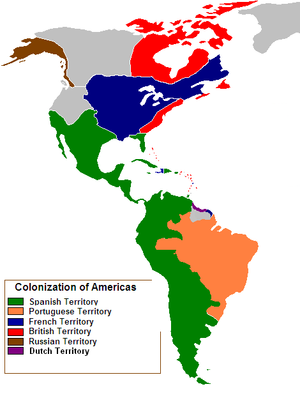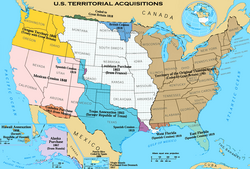성형외과 의사와 정치인... 한인 1.5세대 호주 시의원, 피터 김 l KBS WORLD Radio
성형외과 의사와 정치인... 한인 1.5세대 호주 시의원, 피터 김
#글로벌 코리안 l 2020-01-17
글로벌 코리안
Share
사진 제공 : 피터 김 호주 라이드 시의원
---------
---------
한국과 호주를 잇는 다리가 되다, 피터 김 시의원
지난해 연말, 호주 최대 한인 밀집 지역인 시드니의 라이드시와 한구의 종로구가 우호 결연을 맺었다. 이 같은 일이 가능했던 것은 라이드시의 한국계인 피터 김(한국명 김상희) 시의원의 역할이 컸다.
한인과 현지 사회의 인권 복지를 위해 힘쓰는 피터 김 의원을 만나본다.
호주 시드니 라이드시 한국계 최초 시의원으로 당선돼
2017년 9월, 호주 현지에서 치러진 뉴사우스웨일스 주 지방자치 단체 선거 중 라이드 시의 시의원 선거에서 피터 김(한국명 김상희) 씨가 당선됐다.
그는 라이드시에서 한국계로는 처음으로 시의원이 됐다.
서울 출신인 그는 초등학교 4학년을 마치고 가족과 함께 남미 에콰도르에 이민했다가 1986년 호주에 재이주했다. 시드니 의대를 졸업하고 흉부외과 레지던트를 하다가 그만두고 시드니 외곽에 피부암 전문병원을 열었다.
피부암과 성형수술은 서로 보완 관계에 있다는 사실을 경험을 통해 깨달은 뒤 3년간 성형외과 트레이닝을 받고 시드니의 강남이라고 불리는 채스우드에 '심플리 뷰티풀'을 개업했다.
1년에 1천 회 정도 성형수술을 집도한 그는 수술하지 않고도 예쁜 코를 만들 수 있는 신기술을 개발했고, 관련 논문은 미용성형 분야의 세계적인 저널 '에스세틱 플라스틱 서저리'에 실렸다. 이 기술 개발과 봉사 공로를 인정받아 2012년 세계 3대 인명사전 가운데 하나인 '마르퀴스 후즈 후'에 호주 한인으로는 처음으로 등재됐다.
그는 건강에 이상이 생겨 쉬고 있을 때 유튜브에서 노무현 전 대통령과 인권에 대한 영상을 봤고, 이를 계기로 다시 법학 공부를 시작했고, 모두가 잘사는 사회를 만들겠다면서 노동당에 가입해 활동했다.
그리고 현재는 한인 사회의 입과 발이 되어 많은 역할을 해내고 있다.
2019 시드니 경로잔치 열기도 해...
2019년 11월 9일, 라이드 카운슬 시박홀에서 <2019 시드니 경로잔치>를 개최했다. 가족들을 포함, 약 4백여 명이 참석한 이번 경로 잔치는 동포 단체가 라이드시와 공동 주최한 첫 행사라는 점에서 그 의미가 컸다.
기부 물품 수거를 위해 이스트우드 한인 업체를 방문하는 등 행사 진행에 수고한 피터 김 시의원은 ‘이날 행사를 통해 어르신들이 자식들로부터 효도를 받았다며 기뻐하셨다. 내년에는 더 알찬 프로그램으로 준비해보겠다’는 소감을 밝혔다.







